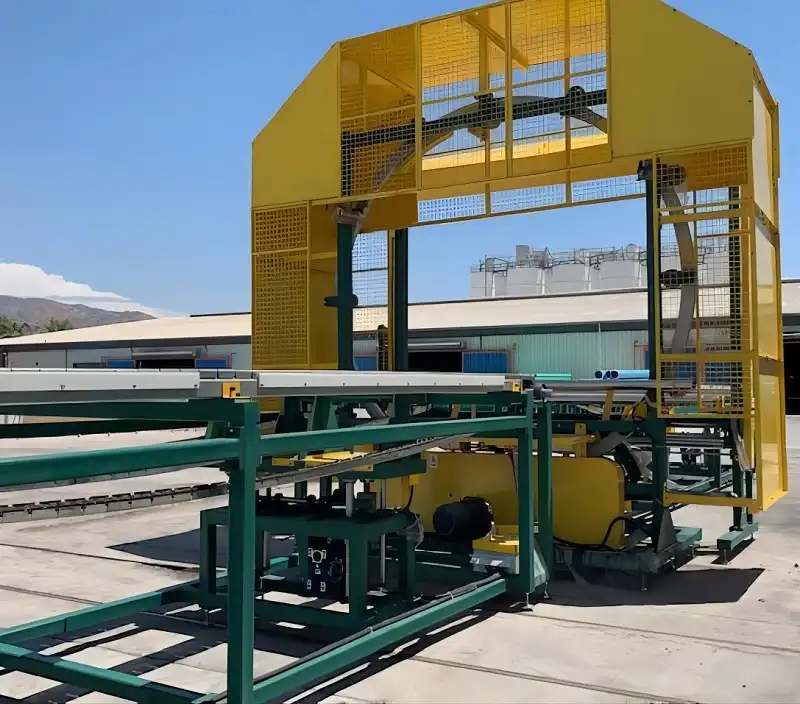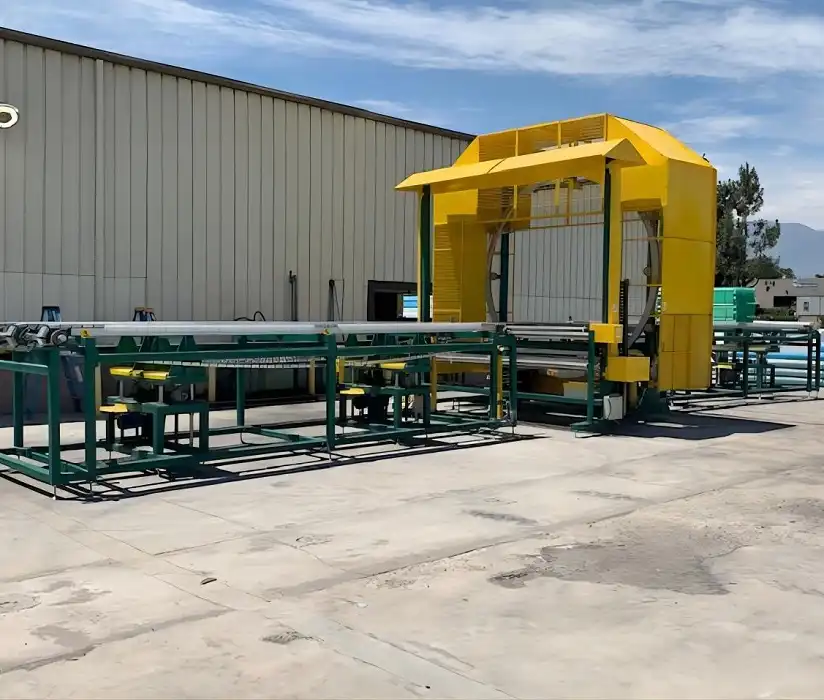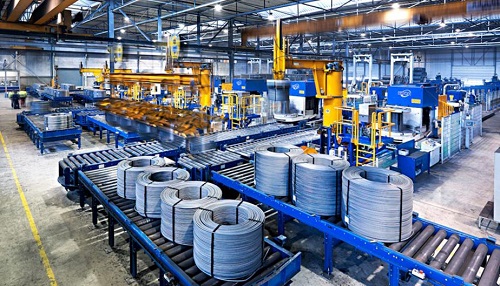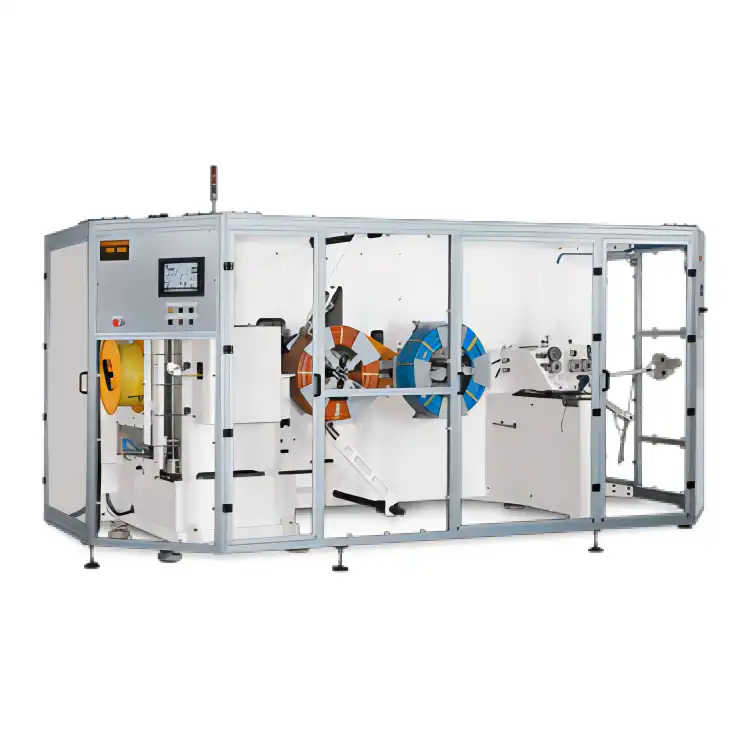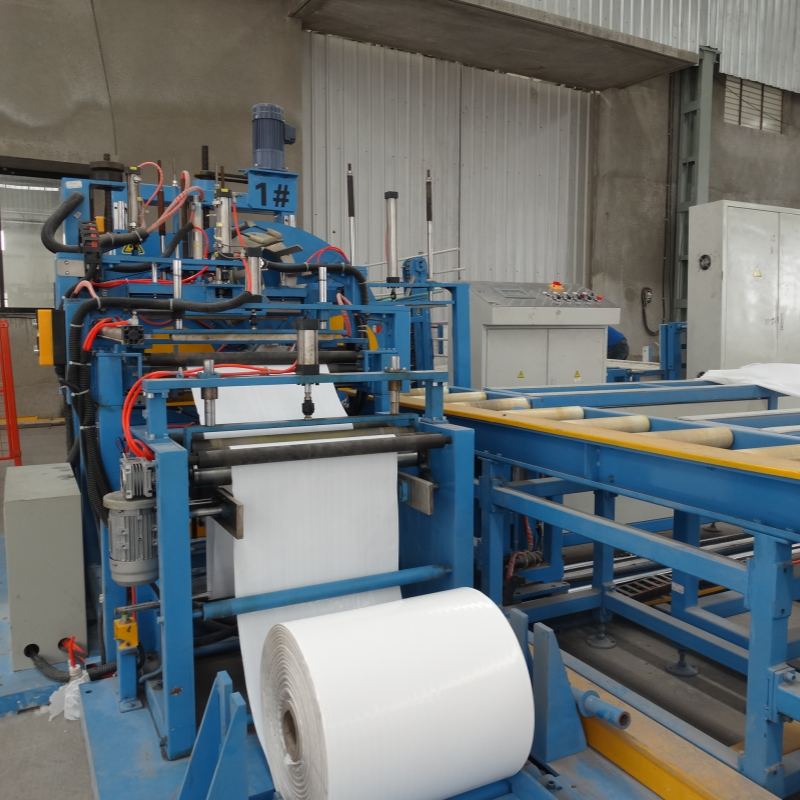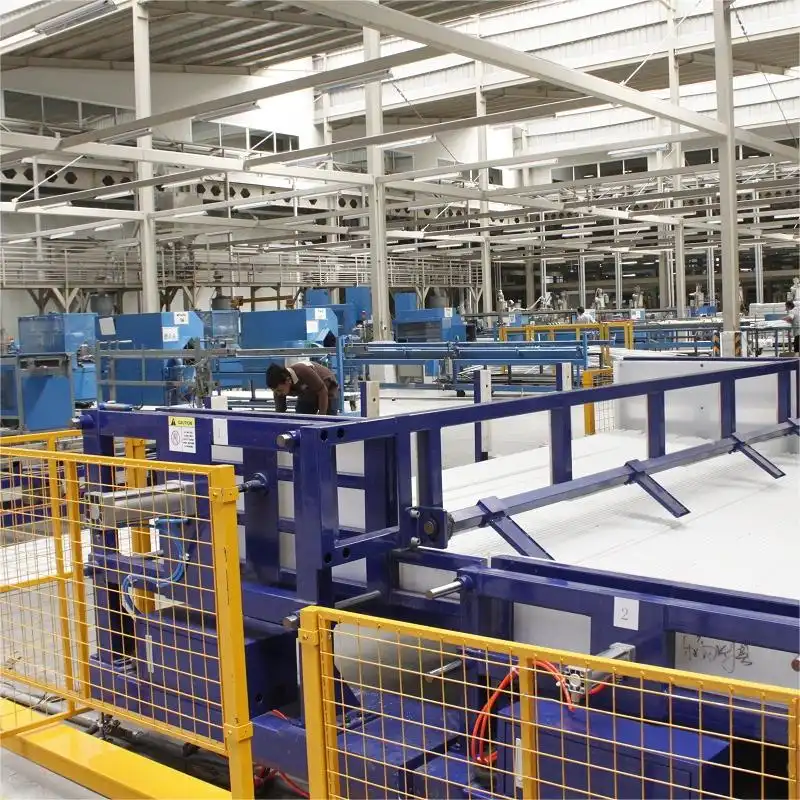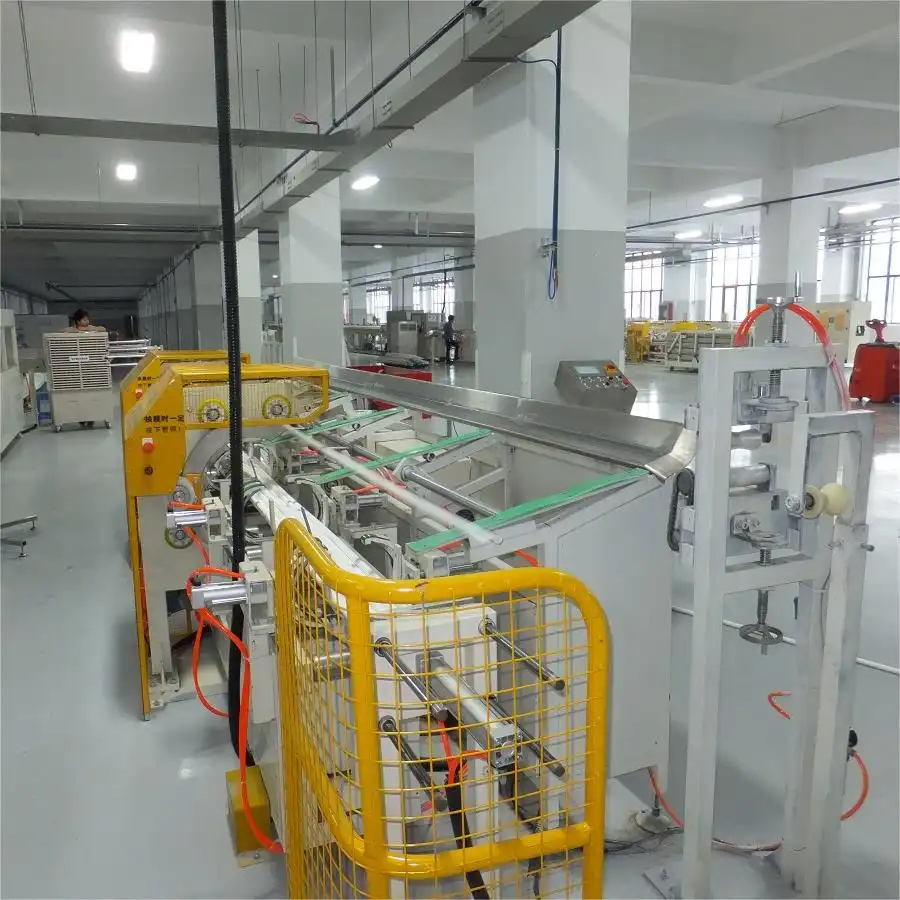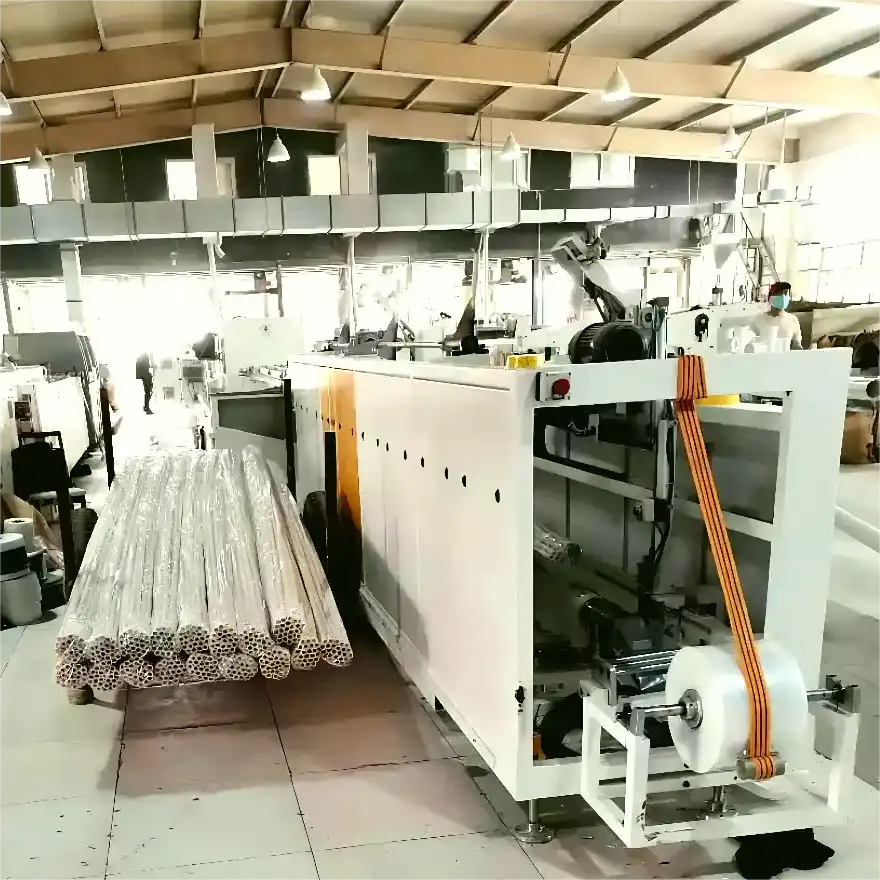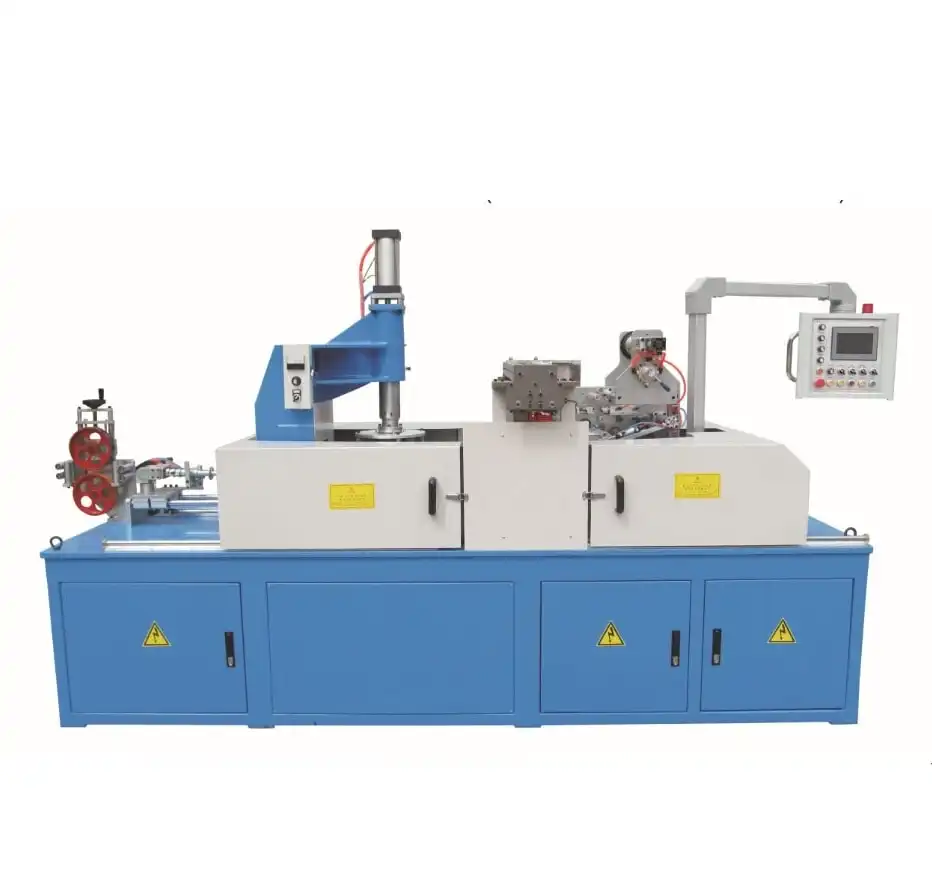Implementation and Delivery: Effective Setup of a Horizontal Orbital Wrapping System
Implementing a horizontal orbital wrapping system is a significant step toward improving packaging efficiency, ensuring product protection, and optimizing operations. However, the successful setup of such a system requires careful planning, proper installation, and thorough training to achieve maximum performance. From understanding the delivery process to aligning the system with your operational needs, this guide will help you ensure a smooth and effective setup of your horizontal orbital wrapping system.
1. Pre-Installation Planning
Before the delivery and setup of your horizontal orbital wrapping system, it is essential to engage in pre-installation planning. This phase ensures that your facility is adequately prepared and that the installation process is seamless. Here are some key steps to consider:
1.1 Site Evaluation and Space Allocation
The first step in pre-installation planning is conducting a detailed site evaluation. Ensure that the location designated for the machine meets the space requirements. Measure the dimensions of the area where the machine will be installed and verify that there is sufficient clearance for the machine’s wrapping ring, product entry, and exit points.
Additionally, check the surrounding environment for factors such as airflow, temperature, and humidity, as these can affect machine performance and product quality during wrapping.
1.2 Utility and Power Supply Check
Confirm that your facility's power supply can support the machine’s requirements. Horizontal orbital wrapping machines typically require a stable electrical connection, and some models may have specific voltage requirements. Ensure that the electrical infrastructure is in place to handle the power demands of the machine.
1.3 Workflow Integration
It’s crucial to consider how the horizontal orbital wrapper will integrate with your existing production workflow. Analyze the flow of products entering and exiting the wrapping station to ensure minimal disruption to operations. It’s important to coordinate with production managers, operators, and logistics teams to create an efficient product handling process.
2. Delivery and Installation Process
Once the pre-installation preparations are complete, the focus shifts to the delivery and installation of the wrapping system. A well-organized installation process will minimize downtime and ensure the system is operational as quickly as possible.
2.1 Coordinating Delivery Timelines
Work closely with the supplier to ensure that the delivery timeline aligns with your production schedule. It's critical to plan for the arrival of the machine in a way that minimizes disruption. Confirm all shipping details, including the dimensions and weight of the equipment, and ensure that your facility is equipped to handle the offloading process.
2.2 Installation by Qualified Technicians
The installation should be carried out by qualified technicians provided by the supplier or a trusted service partner. These professionals have the expertise to install the machine according to the manufacturer’s specifications, ensuring it operates safely and efficiently.
During installation, technicians will assemble the machine components, connect the power supply, and configure the initial settings for optimal performance. They will also test the machine to ensure that it is functioning correctly before it is handed over to your team.
2.3 Safety Compliance and Checks
It’s crucial to ensure that the installation complies with all relevant safety regulations. The machine must be equipped with the necessary safety features, such as emergency stop buttons and safety guards. Conduct a thorough inspection of the machine after installation to verify that all safety standards have been met.
3. Initial Testing and Calibration
After installation, initial testing and calibration are essential to ensure that the machine operates at peak performance. The goal is to verify that the machine is functioning correctly and is calibrated to meet the specific needs of your packaging process.
3.1 Test Runs with Sample Products
Conduct test runs using a sample of the products you intend to wrap. This will allow you to evaluate how the machine handles different sizes and shapes. During the test runs, check for any inconsistencies in film application, wrapping speed, and product handling.
3.2 Calibration of Wrapping Settings
Calibration involves adjusting the machine’s settings, such as tension control, wrapping speed, and film usage, to match your specific packaging requirements. These settings will vary depending on the product type, size, and material being wrapped. The technicians will fine-tune the machine to ensure that it applies the correct amount of film without damaging the product.
3.3 Identifying Potential Issues
During testing, observe the machine for any potential issues, such as uneven wrapping or film misalignment. Identifying and resolving these problems early will prevent production delays once the machine is fully operational.
4. Operator Training and Machine Familiarization
One of the most critical aspects of a successful horizontal orbital wrapping system setup is ensuring that your operators are fully trained to use the machine effectively. Proper training not only improves operational efficiency but also ensures the longevity of the equipment.
4.1 Supplier-Supported Training Programs
Most suppliers offer training programs as part of the purchase package. These programs are designed to familiarize your staff with the machine’s controls, maintenance routines, and safety protocols. Ensure that your team receives hands-on training, including how to perform basic troubleshooting and resolve common issues.
4.2 Operator Best Practices
Training should cover best practices for machine operation, such as how to load products, adjust wrapping parameters, and perform routine maintenance checks. Operators should also be trained on how to safely interact with the machine, especially regarding emergency procedures and machine stops.
4.3 Documentation and Reference Materials
Make sure your team has access to comprehensive documentation, including user manuals and quick reference guides. These materials can be invaluable for troubleshooting and ensuring that operators follow the correct procedures.
5. Post-Installation Maintenance and Support
After the machine has been installed and is running smoothly, ongoing maintenance and support are essential to ensure optimal performance and longevity.
5.1 Regular Maintenance Schedule
Set up a maintenance schedule that includes routine inspections, lubrication, and cleaning of the machine’s components. Regular maintenance helps prevent unexpected breakdowns and ensures that the machine continues to operate efficiently. Ensure that your team follows the manufacturer’s recommended maintenance guidelines.
5.2 Supplier Support and Service Contracts
Work with your supplier to establish a service contract that provides ongoing support and access to spare parts. Many suppliers offer comprehensive service packages that include regular maintenance visits, technical support, and emergency repairs.
5.3 Monitoring Performance
Use performance data collected from the machine to monitor its efficiency and identify any trends in usage or wear. This data can help you make informed decisions about when to schedule maintenance, adjust settings, or upgrade components.
6. Optimizing the Horizontal Orbital Wrapping System
After your horizontal orbital wrapping system is fully operational, it’s essential to continuously look for ways to optimize its performance. Here are some strategies to ensure your system operates at its best:
6.1 Adjusting for Product Variations
If your product range varies in size or shape, you may need to adjust the machine settings regularly to ensure optimal wrapping. Customize the tension control, film application, and wrapping speed based on the specific needs of each product type.
6.2 Film Usage Efficiency
Maximizing film efficiency can reduce material costs and minimize waste. Look for opportunities to fine-tune the machine’s film application process, ensuring that just the right amount of film is used without compromising product protection.
6.3 Incorporating Smart Technology
Many modern orbital wrapping systems come equipped with smart technology, such as remote monitoring and predictive maintenance features. These tools can help you track the machine’s performance in real time, detect issues before they lead to breakdowns, and improve overall efficiency.
7. Conclusion
The effective setup of a horizontal orbital wrapping system involves careful planning, precise installation, comprehensive training, and ongoing maintenance. By following a structured approach that includes site evaluation, machine calibration, operator training, and long-term support, you can ensure that your new system integrates seamlessly into your production line and delivers lasting value.
By focusing on optimizing the machine’s performance and maintaining a strong relationship with your supplier, you can reduce downtime, increase efficiency, and achieve significant cost savings in the long run. Investing in the proper setup and implementation process is the key to maximizing the benefits of your horizontal orbital wrapping system.
